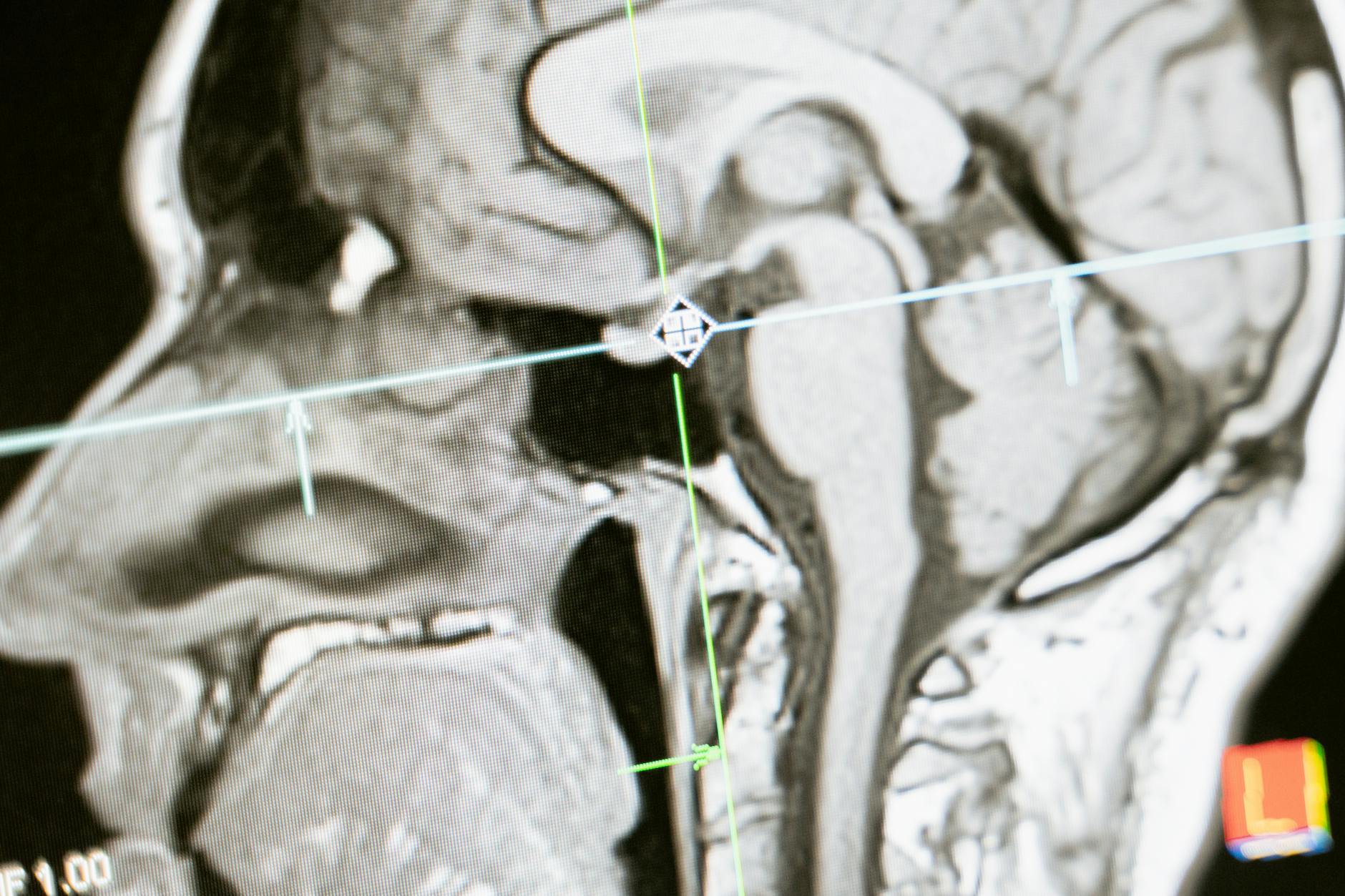
The X-Ray Tech Career Path: More Than Just “Say Cheese”
Picture this: You’re in a dimly lit room, adjusting the collimator knobs like a DJ fine-tuning a soundboard. The patient nervously grips the edge of the table. With one smooth motion, you position their arm at exactly 45 degrees, hit the exposure button, and—bam!—a perfect distal radius image appears on the screen. No repeats needed. That satisfying moment? It’s just Tuesday for an xray tech.
What Exactly Does an X-Ray Tech Do?
Contrary to what medical dramas show, we don’t just push buttons and magically diagnose patients. The reality is equal parts science, patient care, and MacGyver-like problem-solving. Here’s the breakdown:
- Technical Execution: Operating everything from analog units to $300K digital fluoroscopy suites
- Radiation Safety: Being the guardian angel of ALARA (As Low As Reasonably Achievable) principles
- Patient Whispering: Calming claustrophobic MRI patients or convincing toddlers that the Bucky board isn’t a monster
- Equipment Troubleshooting: When the CR reader jams at 2 AM, you become part mechanic
A Day in My Lead Apron
During my first year at County General, I learned that 60% of the job happens before the exposure. There was the time I had to image a motorcycle crash victim while his Harley helmet stayed on (turns out, a lateral C-spine is possible around chin straps). Or when our PACS system crashed mid-shift, and we resorted to printing films like it was 1995. Every day brings new puzzles.
X-Ray Tech Education: The Fast Track to Your Scrubs
Unlike med school’s decade-long haul, you can be scanning spines in as little as 21 months. Here’s the roadmap:
| Path | Duration | Cost Range | ARRT Pass Rate |
|---|---|---|---|
| Certificate Program | 12-18 months | $5K-$15K | 78% |
| Associate Degree | 21-24 months | $15K-$35K | 92% |
| Bachelor’s Degree | 4 years | $40K-$100K | 94% |
Pro tip from someone who’s reviewed hundreds of applications: That 6-month “accelerated” program might sound tempting, but hospitals notice when your clinical hours barely hit the 1,200 minimum. Invest in proper training.
2025 Trends That’ll Change Your X-Ray Game
1. AI Co-Pilots
New AI tools won’t replace techs but will act like a second set of eyes. Imagine positioning software that whispers in your earpiece: “Karen, rotate 7 degrees medial.” The FDA just cleared the first such device in 2024.
2. Portable Everything
With handheld x-ray units now weighing less than a Chihuahua, expect more home imaging for nursing home patients. My back thanks this trend.
3. Specialty Certifications Boom
Basic radiography is becoming table stakes. The money’s in add-ons like:
- CT hybrid suites
- 3D mammography
- Interventional radiology assists
The Not-So-Glamorous Truth (With a Smile)
Let’s balance the brochure with some real talk. You will:
- Develop the ability to smell contrast media from 30 yards
- Have dreams where the exposure button won’t work
- Master the art of holding bladder scans for surgeons who are “almost here”
But then there are the golden moments—like catching an early-stage lung nodule that saves a life, or when little Timmy high-fives you after his painless hand x-ray. That’s the stuff they don’t put in the job ads.
FAQs From Future X-Ray Techs
Is the radiation exposure dangerous?
With modern safeguards, you’ll absorb less radiation than a frequent flyer. My decade of badges readings? Lower than one CT abdomen scan.
Can I specialize in just pediatric imaging?
Absolutely! After your general certification, pursue additional training in pediatric positioning techniques. Children’s hospitals always need specialists who can make imaging feel like playtime.
What’s the biggest misconception about your job?
That we’re just “picture takers.” In reality, we’re often the first to spot critical findings. I’ve lost count of how many times I’ve subtly signaled to ER docs about unexpected pneumothoraces.
Your Next Move
If you’re energized rather than scared off by this peek behind the curtain, the field needs you. Start by shadowing a tech at your local hospital—most departments welcome curious future colleagues. When you’re ready to dive in, look for JRERT-accredited programs that balance classroom rigor with hands-on clinical time.
And when you nail that first perfect oblique foot series? Shoot me an email. I still remember mine like it was yesterday, contrast stains and all.
Related: AI chatbot comparison
Related: tech news
Also read: Google
Also read: Ahrefs


